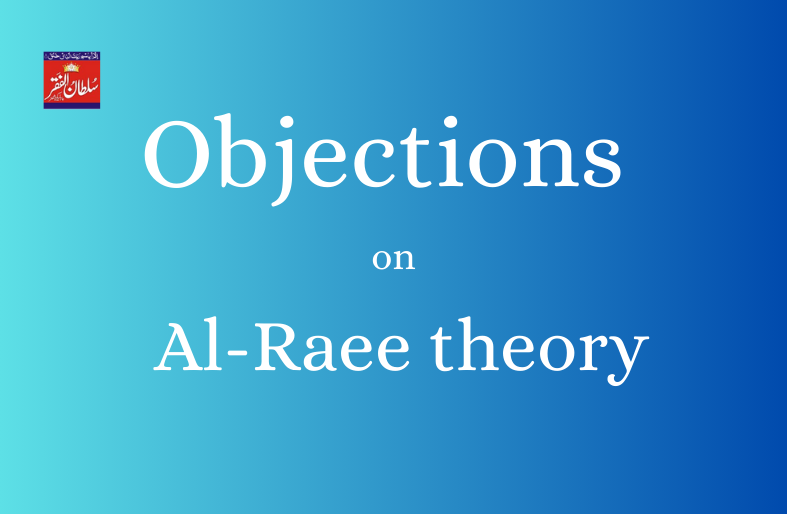An overview of the objections to the Al-Raee theory
First Objection
The first objection states that Prophet Muhammad is from the ninth generation of Lu’ay, while Saleem Al-Raee is from the sixth generation, suggesting it’s impossible for the ninth generation to come before the sixth.
Argument Against the First Objection
One argument against this objection is that sometimes children are born and married at younger ages. This leads to generations changing more quickly. In contrast, if marriages and births happen later, the generation grows more slowly.
There are many examples of this today. For instance, Ubaydah ibn al-Harith and his brothers from the Quraysh tribe were from the seventh generation but were among the first to accept Islam, while Nawfal Bin Haris, from the ninth generation, was older than his uncles Abbas and Hamza.
Similarly, Sultan Mohammad Najib-ur-Rehman’s father was the eldest brother, but his children were the youngest. Thus, the objection is not valid.
Second Research on Arains
Ali Asghar Chaudhry published a book called *Tareekh-e-Arain* (History of Arains) in 1963.
Second Objection
Chaudhry’s second objection claims that he couldn’t find any chief named Haleem Al-Raee in Muhammad ibn Qasim’s army, based on his research and references from historical texts like *Chach Nama* and *Aina Haqeeqat Numa*.
Argument Against the Second Objection
1. First, *Chach Nama* is not a complete history. The author wrote only what he could find at the time, leaving out other facts that may have been known but were not recorded. This is true for *Aina Haqeeqat Numa* as well.
2. Second, Muhammad ibn Qasim’s army had at least twelve thousand members, and it’s unlikely that all their names are recorded in historical texts. Haleem Al-Raee was with Qasim as a preacher, not as a general. Most histories focus on kings and generals, often ignoring saints or scholars. Many saints’ tombs exist in the Subcontinent, but few are mentioned in authentic historical records. Researchers may need to look at texts specifically about these saints and scholars.

